Abraham Maslow’s Need Hierarchy Theory of Motivation
what is Maslow’s Hierarchy theory of motivation? For a comprehensive insight into Maslow’s Theory of motivation, some understanding of several basic assumptions regarding motivation are essential. These are: –
- Maslow adopted a holistic approach to motivation, repeatedly pointing out the whole person and not any single part or function.
- Motivation is usually complex. Surface behavior is often an expression of a hidden basic need. For example, the desire to use Telephone may actually be an expression of the need of belongingness or love. Unlike AIport, Maslow did emphasize on conscious motivation.
- People are continuously motivated by one need or another. When one need is satisfied it ordinarily loses its motivational power and is replaced by another. For example, so long as one’s hunger needs are not satisfied the person strives, but whenever he receives enough food, he becomes motivated to seek shelter.
- Another assumption is that all people everywhere are motivated by same basic needs or desires.
- Find assumption is that needs can be arranged in hierarchy.
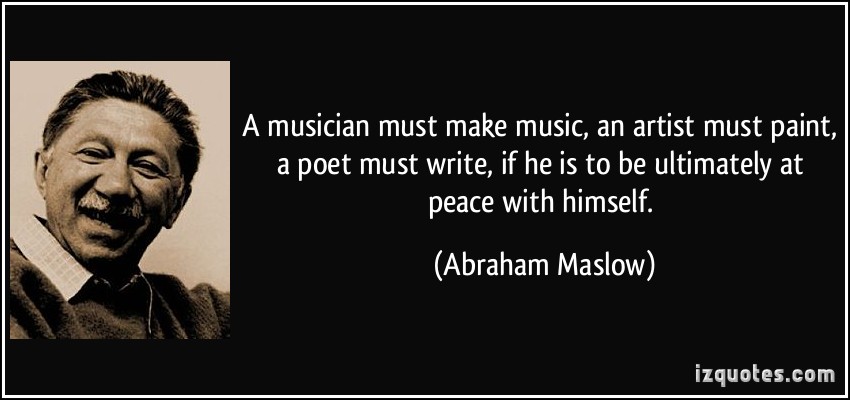
One of the central concept of Maslow’s Theory is the hierarchy of needs. The basic idea behind it is that basic lower level needs must be satisfied or relatively satisfied before higher level needs become motivators. Needs can be arranged on a hierarchy or ladder with each ascending strata representing a higher need, but one less basic to survival. Lower order needs therefore have a prepotency over higher level needs, i.e., when they are frustrated the person will stop striving (at least temporarily) for the higher need and will return to unsatisfied lower need, for example, an artist drawing paintings may be satisfying as esteem, but eventually he will become hungry and will leave the work to find food (a lower level need). Hunger thus has prepotency over esteem.
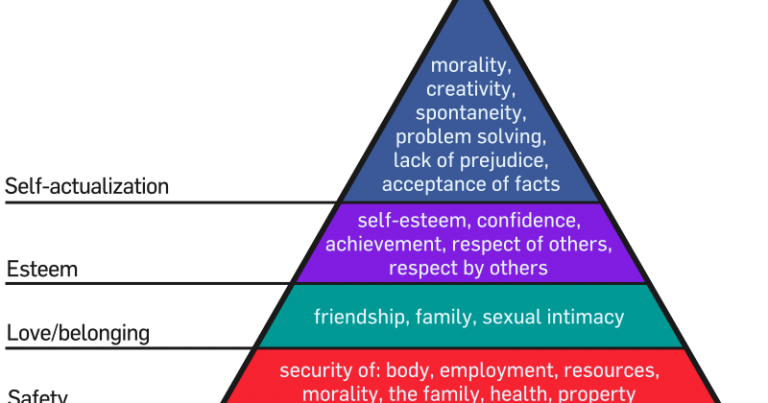
Maslow listed the following needs in order of their prepotency – physiological, safety, love of belongings, esteem and self-actualization. These five levels comprise the conative or striving needs. But these do not exhaust the total number of needs. Thus besides striving needs Maslow also recognized three other dimensions, such as Cognitive Needs (including knowledge), Aesthetic Needs (including love of beauty and order) and Neurotic Needs. Neurotic Needs are unlike the other three needs for they produce pathology rather than health.
First, let us look at the five basic Conative Needs. ‘Physiological Needs’ are the most basic and proponent needs of any person and these include need for food, water, oxygen and so on. Physiological needs differ from higher level need in two ways. First they are the only needs that can be completely satisfied or overly satisfied and second they are of recurring nature.
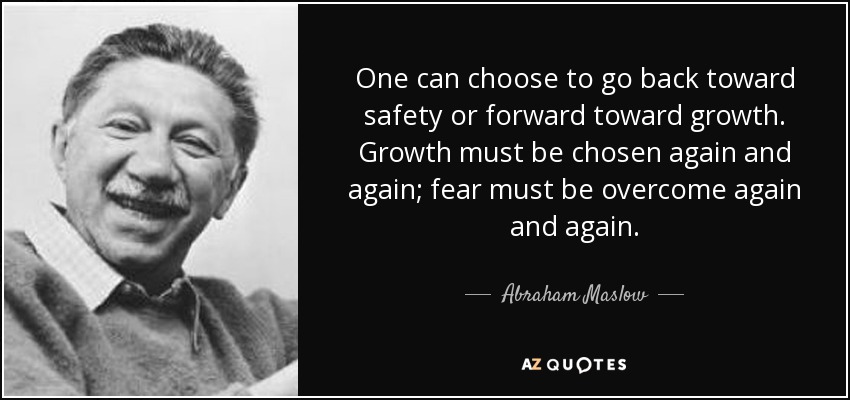
When one’s ‘physiological needs’ are satisfied or relatively well satisfied, then a person becomes motivated by the “needs for safety”. These include physical security, protection, stability etc. Safety along with physiological needs are referred as lower level needs, but they differ from physiological needs in that they cannot be overly satisfied. Therefore, unlike physiological needs safety needs cannot be completely satisfied.
When safety needs are well satisfied the “love and belongingness” needs come to the fore. These needs include the desire for friendship, the wish for mate, need to belong to the family etc. Motivation for ‘love’ is ordinarily strong when the need is partially denied. Without love a child cannot grow into psychologically heathy adult.
‘Esteem Needs’ follows the satisfaction of “love and belongingness” needs and these include self-respect, confidence, competence, and the esteem of others. Esteem needs include self-esteem, etc. person’s own feeling of worth and confidence and person’s perception of prestige he has received in the eyes of the other people. Once self-esteem, needs are met a person stands on the threshold of self-actualization – the highest need recognised by Maslow.
When lower level needs are satisfied one proceed more or less automatically to next level. Maslow however pointed out that it is not necessary that all those who have all their basic needs (including esteem needs) satisfied / gratified become self-actualized. This is because they do not embrace the basic values. Only those who hold high respect for basic values like truth, beauty, justice etc. become self-actualized and others do not.
‘Self-actualization’ is the desire for self-fulfillment i.e. to realise to the fullest one’s potential to become fully human satisfying needs that others merely glimpse or never view at all.
The five needs comprising the foregoing hierarchy are conative needs; which Maslow refers to as basic needs. These are however, other needs, which sometimes are preconditions for the satisfaction of basic needs. These are aesthetic needs, cognitive needs and neurotic needs.
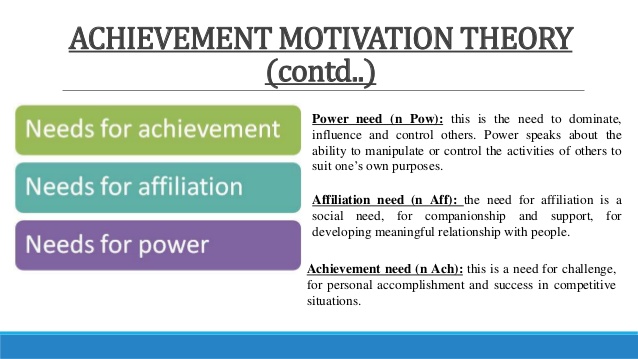
Unlike basic conative needs, aesthetic needs are not universal but at least some people in every culture seem to motivate by needs for beauty and aesthetically pleasing experiences. Evidences suggest healthy people prefer beauty and people living in squalid and disorderly environment become physically and spiritually more ill than those surrounded by beauty and harmony.
Cognitive Needs refers to the people’s desire to know to understand and to be curious. These needs have an inter – dependence with the conative needs, though they belong to different dimensions. When cognitive needs are blocked all other needs are threatened. Knowledge is necessary to satisfy each of five conative needs. Thwarting cognitive needs result in pathology, just as does the frustration of conative and aesthetic needs.
Thus satisfaction of conative, aesthetic, and cognitive needs is basic to one’s physical health and their frustration leads to some level of illness. On the other hand, fourth category of needs result only in stagnation and pathology, whether the needs are satisfied or not. These are called neurotic needs. By definition neurotic needs are non-productive. They perpetuate an unhealthy style of life. They are reactive and have no value in striving for self-actualization. They serve as compensation for unsatisfied basic needs.
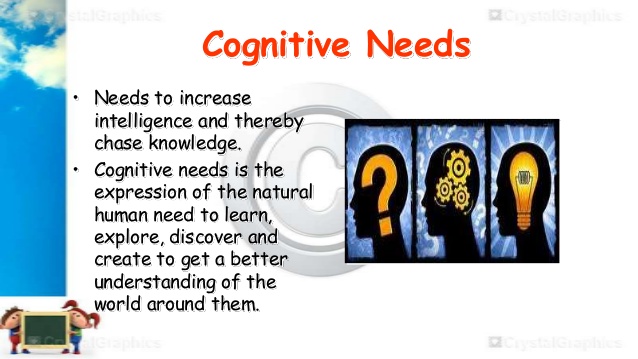
Thus according to Maslow deprivation of needs leads pathology. Some human needs are innately determined even though they can be modified by learning. These are called Instinct Needs. Thus we find that Maslow disagrees with classical instinct theories of Freud and MacDougall as well as rejected newer anti instinct concept of behaviorist school. As regard differences between higher and lower level needs. Maslow contends that, they differ in degree, not in kind. Higher level needs are similar to lower level needs, in that they are all instinctual but unlike lower level needs, they are less essential for survival. They figure later on phylogenetic or evolutionary scale and they produce more happiness and peak experiences.
Click to Read: Regarding Your Stupid Complaint
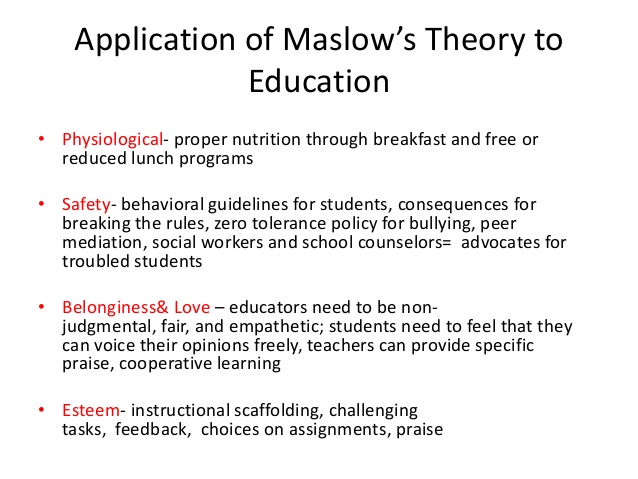
Maslow’s arcane and often unclear language makes important parts of his theory ambiguous and inconsistent.
Evidences have shown that hierarchy of needs is not always followed.
Hall during his research has found that one’s the need gets satisfied its importance does not drop but in fact is increased.



you by error, while I was browsing on Askjeeve for something else, Anyhow I am here now and would just like
Thank you ever so for you blog article.Really thank you! Awesome.
You forgot iBank. Syncs seamlessly to the Mac version. LONGTIME Microsoft Money user haven\ at looked back.
Now I am ready to do my breakfast, afterward having my breakfast coming yet again to read other news.
I value the blog article.Really thank you! Cool.
This particular blog is without a doubt awesome additionally informative. I have picked up a lot of helpful tips out of this source. I ad love to come back again soon. Thanks a lot!
Wow, superb weblog structure! How long have you ever been running a blog for? you made blogging look easy. The entire look of your website is wonderful, let alone the content material!
This very blog is no doubt educating and also amusing. I have picked many interesting stuff out of this source. I ad love to go back again and again. Thanks a lot!
Thanks for sharing, this is a fantastic blog article.Really thank you!
Really appreciate you sharing this article.Thanks Again. Keep writing.
You have remarked very interesting details ! ps decent internet site.
Im thankful for the article post. Really Great.
relating to this article. I wish to read even more issues about it!
Thank you for your article post.Thanks Again.
This is one magnificent blog post. Much obliged.
Im obliged for the article post. Fantastic.
Muchos Gracias for your post.Much thanks again. Will read on
Wow, fantastic blog layout! How long have you been blogging for? you make blogging look easy. The overall look of your site is wonderful, let alone the content!
Im grateful for the article.Really thank you! Really Great.
Really appreciate you sharing this blog.Much thanks again. Want more.
of things from it about blogging. thanks.
This excellent website definitely has all the information and facts I wanted concerning this subject and didn at know who to ask.
Thanks a million and please carry on the gratifying work.
Very good info. Lucky me I discovered your website by chance (stumbleupon). I have saved it for later!
Very excellent info can be found on web site.
You have brought up a very superb details , thankyou for the post.
Just Browsing While I was surfing yesterday I noticed a great post concerning
Just a smiling visitant here to share the enjoy (:, btw outstanding style.
It as nearly impossible to find knowledgeable people in this particular subject, but you seem like you know what you are talking about! Thanks
There is perceptibly a bunch to realize about this. I feel you made certain nice points in features also.